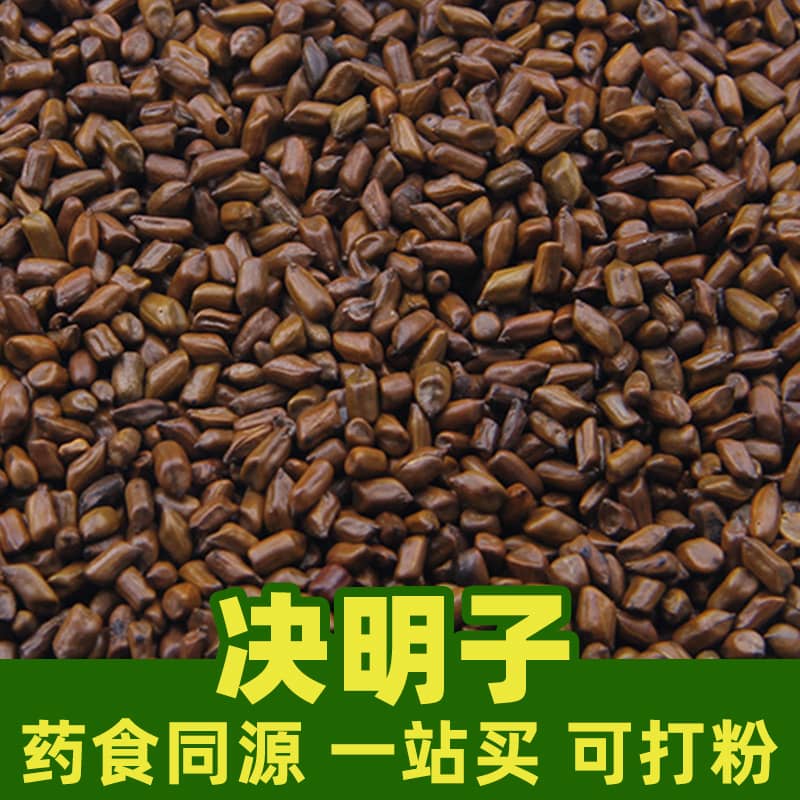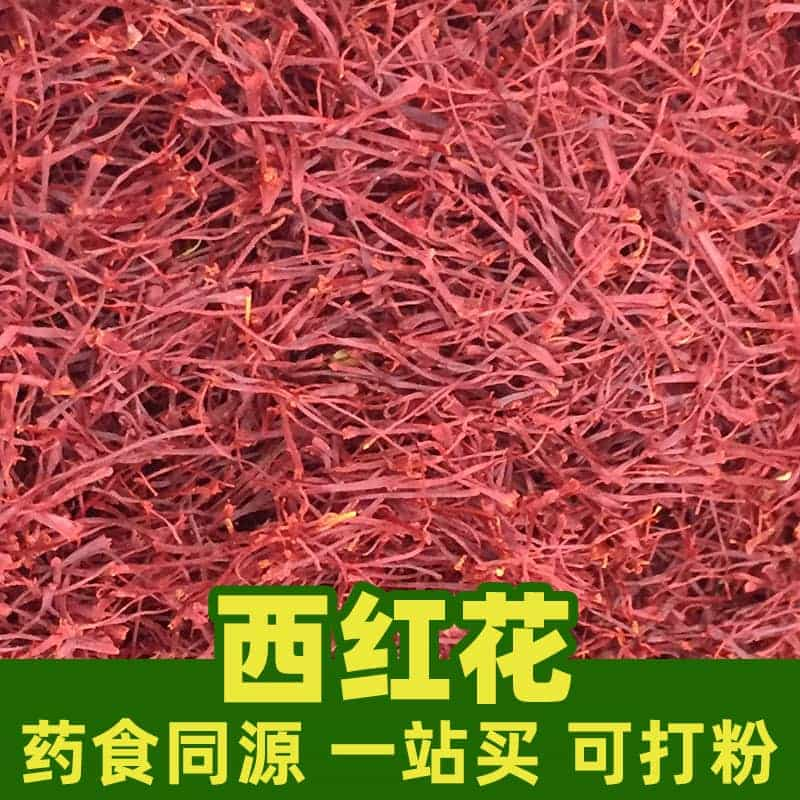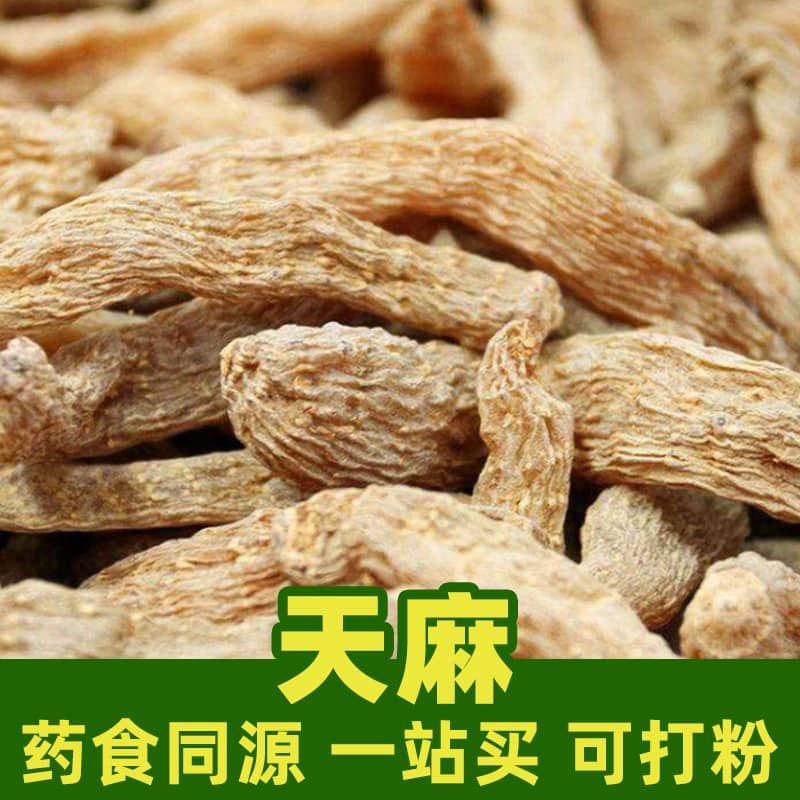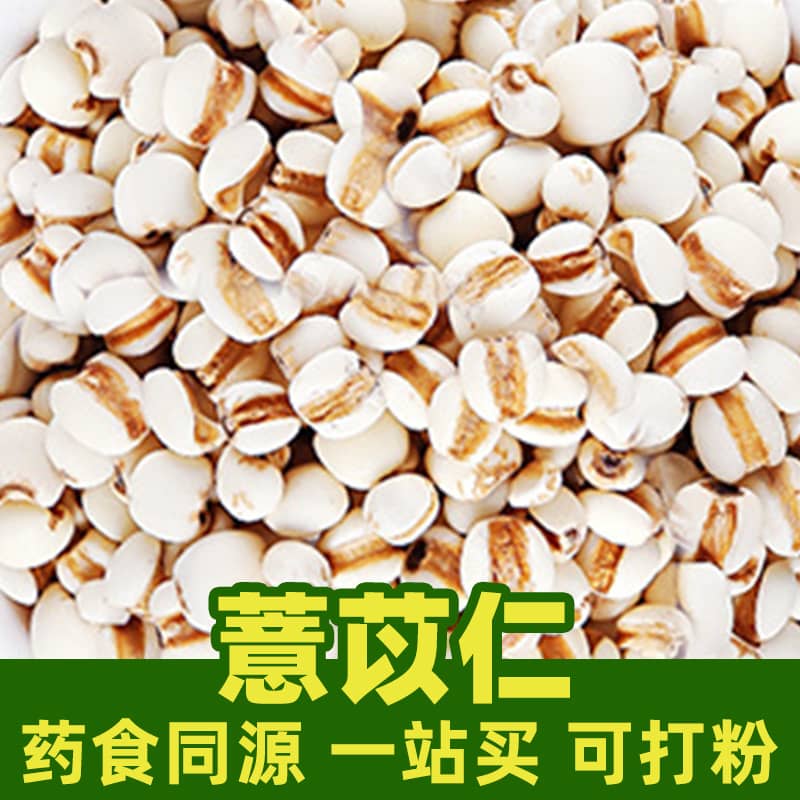Product Overview
Codonopsis, a perennial herb, is primarily valued for its medicinal root. The fresh root is white or pale yellow, becoming light brown upon drying. The root texture is firm, uniform, and low in fiber.
The scientific name for Codonopsis is *Codonopsis pilosula*, belonging to the Campanulaceae family, and it primarily grows in northern and northeastern China. In traditional herbal medicine, Codonopsis is widely used to enhance overall health and boost the immune system.
Codonopsis contains various compounds, including saponins, polysaccharides, flavonoids, and alkaloids. Among these, saponins and polysaccharides are regarded as the primary active ingredients.
Key Active Components
Codonopsis contains several bioactive compounds, such as saponins, polysaccharides, flavonoids, and alkaloids.
Saponins are one of Codonopsis's key active ingredients, known for their immune-boosting properties, as well as their ability to regulate immune function and provide antioxidant effects.
Polysaccharides are another important component in Codonopsis, which contribute to immune system support, anti-inflammatory effects, and pain relief, as well as promoting blood production.
Product Application and Dosage
Codonopsis is widely used in traditional Chinese medicine, with the following applications and suggested dosages:
- Strengthening Qi, Supporting Spleen and Stomach Health: Codonopsis helps improve overall health, strengthens the spleen and stomach, and addresses symptoms like poor appetite and fatigue. The recommended dosage is 3-6 grams per serving, adjustable as needed.
- Boosting Immunity: Codonopsis is believed to enhance immune function, helping to increase resistance to illness. The recommended dosage is 3-9 grams per serving, adjustable based on individual needs.
Codonopsis can be prepared as a herbal decoction, or formulated into pills or granules for consumption. Specific dosage and use should follow the guidance of a licensed practitioner.
Plant Source, Distribution, and Growth Environment
The scientific name for Codonopsis is *Codonopsis pilosula*, a member of the Campanulaceae family. It primarily grows in northern and northeastern China, such as Shanxi, Hebei, and Jilin provinces.
Codonopsis thrives in elevations between 1,000 and 3,000 meters and grows well in mountainous, forest edge, and grassland areas.
Harvesting, Processing, and Storage
Codonopsis is typically harvested in spring or fall, ideally when the underground root is plump and fleshy.
After harvesting, Codonopsis roots should be washed, stripped of fine roots, and dried. The dried Codonopsis should be stored in a cool, dry place away from direct sunlight. To prolong its shelf life, keep it in a sealed container.
Monica Sun is a seasoned expert in the natural raw materials industry, with over a decade of experience specializing in traditional Chinese medicinal herbs, spices, and fungi. She is skilled in the sourcing, processing, and application of these materials, emphasizing sustainability and innovation. Monica Sun has contributed to the development of high-quality natural raw materials that serve as essential components in functional foods, pharmaceuticals, and cosmetics, delivering tailored solutions to meet diverse market needs.

















